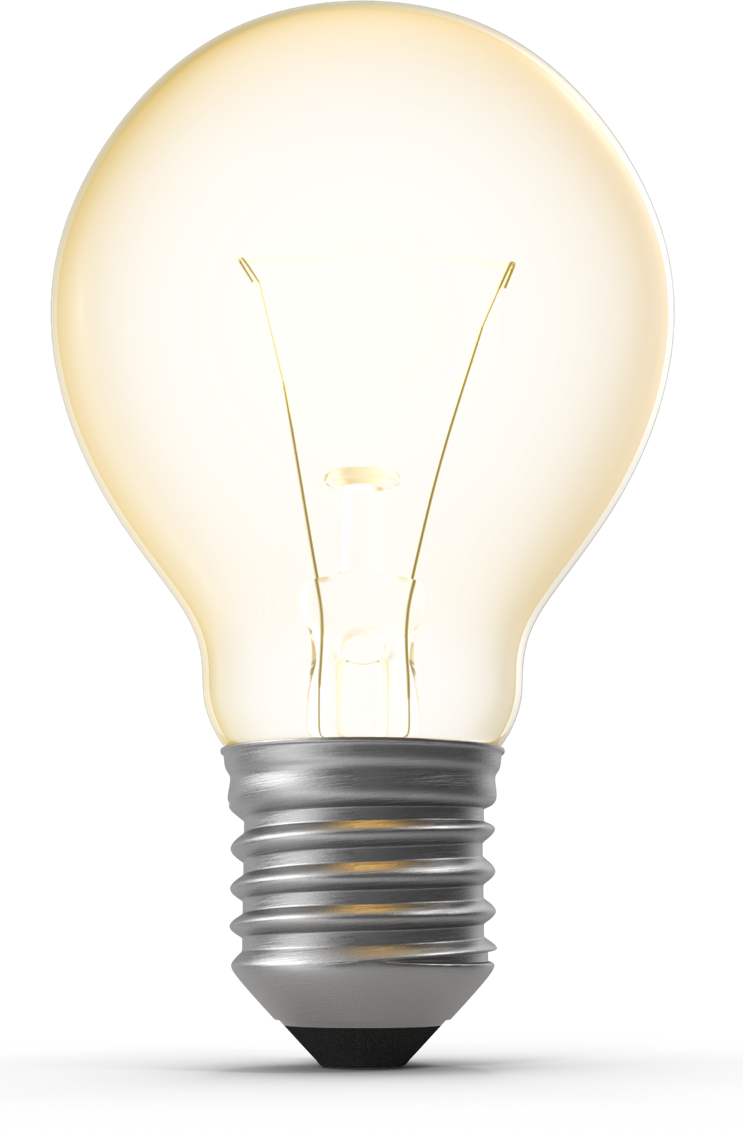Learn Customer Discovery
Are you an entrepreneur or anyone else looking to learn about innovation methods? Take this 100% free course on customer discovery to understand how to test your assumptions and hypotheses by getting insights through tested primary research methods.

Examine a Problem from the Customer’s Perspective
Corporate innovators and entrepreneurial founders use a “get out of the building” approach to test their hypotheses before they build and commercialize their offerings. They interview potential customers, users, and other stakeholders for feedback on all elements of a problem to validate a new opportunity—whether it be a new product, a new feature, another type of revenue opportunity, or a change to internal operations.
What You’ll Learn
Learn valuable skills to become a more disciplined innovator.
Innovators of all stripes need good customer discovery skills. Whether you’re an entrepreneur, a marketer, or a corporate innovator, you’ll serve yourself and your clients much better if you learn how to follow a strategically crafted line of open-ended questioning that gives you valuable insights into a market (and even a previously undiscovered market).
Form Hypotheses
Make educated guesses about the problem and the nature of would-be solutions
Check Your Biases
Listen in earnest and don’t let your own preferences and experiences bias you toward a result.
Define Your Customer
Develop Your Script
Recruit Your Customers
Synthesize Findings
Why Customer Discovery Is Important
Without conducting customer discovery you may build something nobody cares about, launch something that industry isn’t ready for, or doesn’t find valuable in its commercialized form.
Many founders and innovation teams are so passionate about an idea that they believe they have the secret sauce, and will go to market without completing customer discovery.
When no one bites on their offering, they believe the industry is the fool, but if they had completed customer discovery they would have found ways to change or modify the offer so that customers would be more likely to recognize its value and application.
Course Content
Our Customer Discovery coursework includes a brief introduction to corporate innovation, and then four modules that track the four steps of the discovery process
Opportunity Activation
Ideal Customer Definition
Customer Interviews
Synthesis & Analysis
Ready.
Set.
Innovate
We'd love to put our experience with high-growth startups and Fortune 500 companies to work for you
